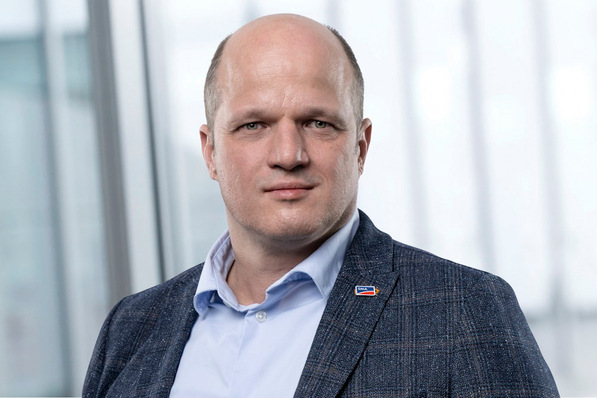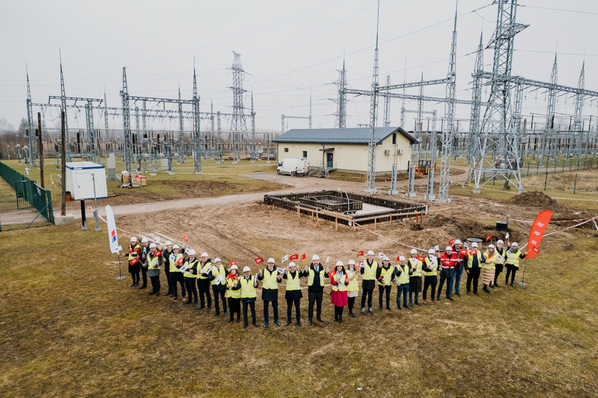From January, EU countries will be able to deploy solar projects more quickly. In response to high energy prices, EU Energy Ministers have adopted an emergency piece of legislation to install more solar energy in time for next winter. The move marks the first time that the EU has used emergency powers to support renewable energy.
“The energy crisis requires an emergency response. The IEA tells us we need at least 60 GW of solar by next winter to compensate for a shortfall in Russian gas. This emergency regulation will help us deliver the necessary solar to keep the lights on“, Walburga Hemetsberger, CEO of SolarPower Europe said.
Three months new permitting deadline
Reflecting SolarPower Europe’s call for an emergency renewables booster to complement EU crisis action on gas, EU countries can now legally restrict the timeline of long bureaucratic processes for solar installations. Three months is the new deadline for permitting procedures for solar on ‘artificial surfaces.’ Projects under 50 kW can even benefit from an administrative cap of 1 month – though the size could be reduced to 10.8 kW in case of grid restraints.
“One month is plenty of time to make an initial assessment of solar projects on artificial structures. This clear deadline will take solar projects from paper to power generation much more rapidly. We call on grid operators to think creatively and work to empower emergency solar development“, Dries Acke, Policy Director at SolarPower Europe stated.
The new regulation is set to come into force in January 2023 and run for 18 months. It is intended to ‘bridge the gap’ until the related EU Renewable Energy Directive is updated and adopted next year. The news rules can be applied to existing projects in the pipeline, as well as any further projects proposed before June 2024.
Negotiations about higher renewable target
In applying the regulation EU countries will each offer their own definition of what an ‘artificial structure’ is, which could include buildings, industrial and brownfield sites, and transport infrastructure such as carports or carparks, or along motorways and railways.
“Solar energy and biodiversity protection go hand-in-hand. It will always be the solar sector’s priority to focus on artificial sites for solar, like degraded industrial areas or along motorways. It’s a rapid way to install projects with the least environmental impact,“ Jonathan Bonadio, Senior Policy Advisor at SolarPower Europe commented.
Also interesting: Call for faster permitting and robust investment signals
While the temporary emergency renewable law is in place, the EU is working to set their renewables target for 2030. Despite record-breaking solar installations in 2022, EU Energy Ministers decided to support a target of 40% renewables in the EU energy mix in 2030. This falls short of the minimum 45% target needed to secure the continent’s energy and climate goals. However, this Council decision is not the end of the process. Now, the three leading EU institutions will negotiate the final target, and the European Commission and European Parliament are united behind a 45% target.
Europe should be ambitious on renewables
„Our latest solar numbers show that Europe can be ambitious on renewables. The climate and energy crises show that we can’t afford to lower ambition. The EU is on track to more than double solar capacity in under 3 years. Negotiators need to keep the solar reality in mind when agreeing the final renewables target“, Naomi Chevillard, Head of Regulatory Affairs at SolarPower Europe said. (hcn)
Did you miss that? EU: Industry alliance to expand production of solar components







